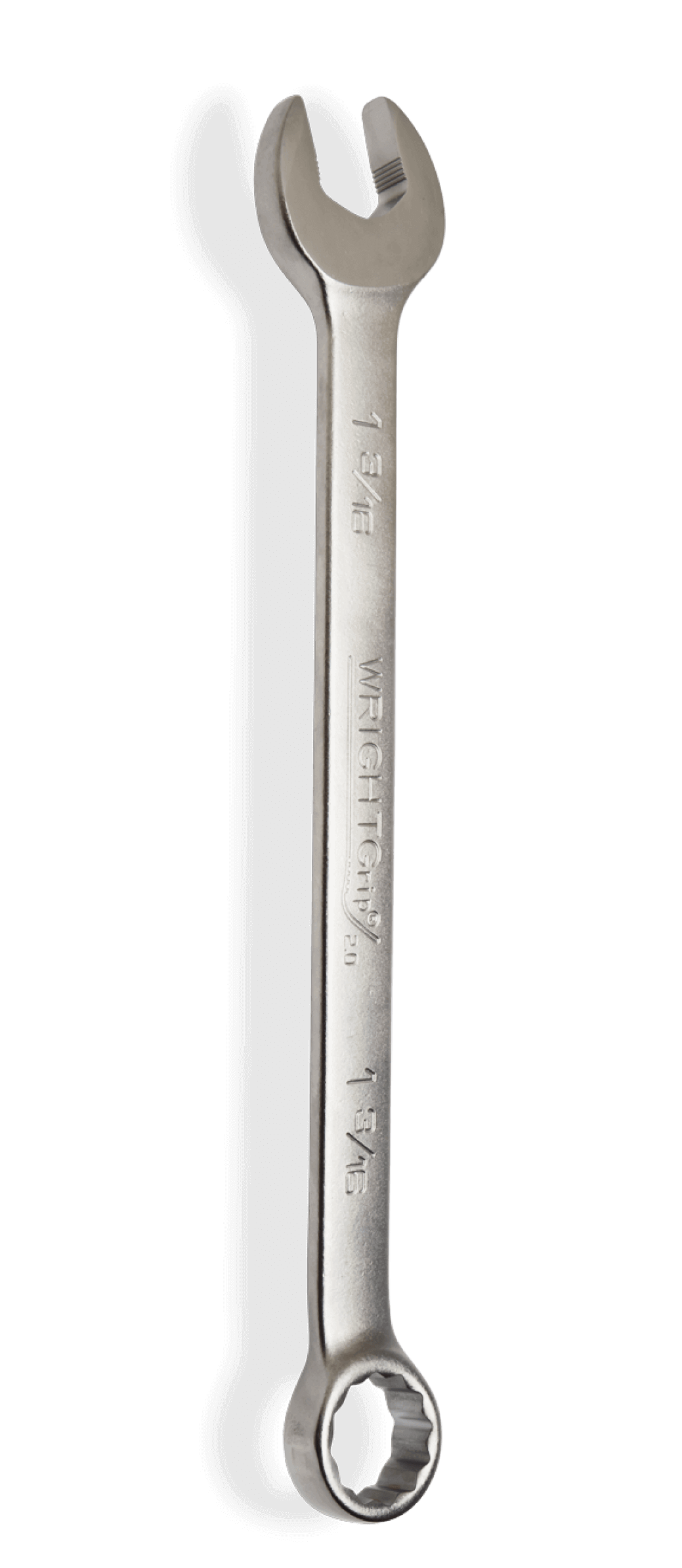November 7, 2022
When The Fastener Can’t Be Turned
Dealing with fasteners that can’t be turned or loosened can be frustrating for many users working on repairs or improvements. That’s why learning some tips and tricks to work on any fastener is important. In this blog, we will cover some different ways to deal with fasteners and how to make your life easier on the job.
The first step in freeing a fastener that can't be turned is to apply penetrating oil and let it soak in. If the fastener is rusted, tap it with a hammer to try to break it loose. If there is room, a larger drive with a longer handle may work. Use of an adapter with a larger drive handle is not recommended, as something will most likely break, or hurt the user.
Remember to also never use a cheater bar, extender on a wrench, or a hammer as it can result in component damage that can, in turn, harm workers. Working with stubborn fasteners can be tricky, which is why safety should be the top priority. Make sure to wear proper safety glasses and gloves when handling tough fasteners.
Next, try an impact gun and impact socket. This combination can safely deliver a higher torque than doing it by hand. Another advantage is that the user won’t go sprawling if the fastener suddenly turns or breaks, which are distinct possibilities when working on a frozen fastener. Keep in mind that chrome sockets can’t handle impact work and will most likely crack under the stress. A slugging wrench, which is designed to be hit with a hammer, is another possibility with larger sizes.
To keep fasteners from becoming frozen, replace worn ones so the wrench has something to work on. It’s equally important to replace worn out wrenches so that the strongest and safest wrenches are always available in a tool set. High-quality wrenches perform better, last longer and are safer for users. The use of 6-point sockets is often appropriate since they work better on worn fasteners than 12-point sockets. Impact sockets are stronger than hand sockets and can be used in place of hand sockets for tough jobs.
If it is impossible to remove a fastener by turning it safely, there are other ways to remove fasteners such as breaking the nut, burning, or grinding. Remember, it is not your fault if the fastener is damaged or corroded to the point it can’t be turned. Nor is it your fault if the design engineer selected an inappropriate fastener or placed it too close to obstructions to allow for proper removal. It usually takes less torque to assemble a joint than to disassemble a joint, so it is perfectly possible to build something that can’t be safely taken apart by a wrench. Lastly, don’t reuse fasteners with damaged heads, recognize any damage, and take extra care in turning fasteners with rounded or rusted heads.
Use these tips to avoid frustration and safely free stubborn fasteners.





